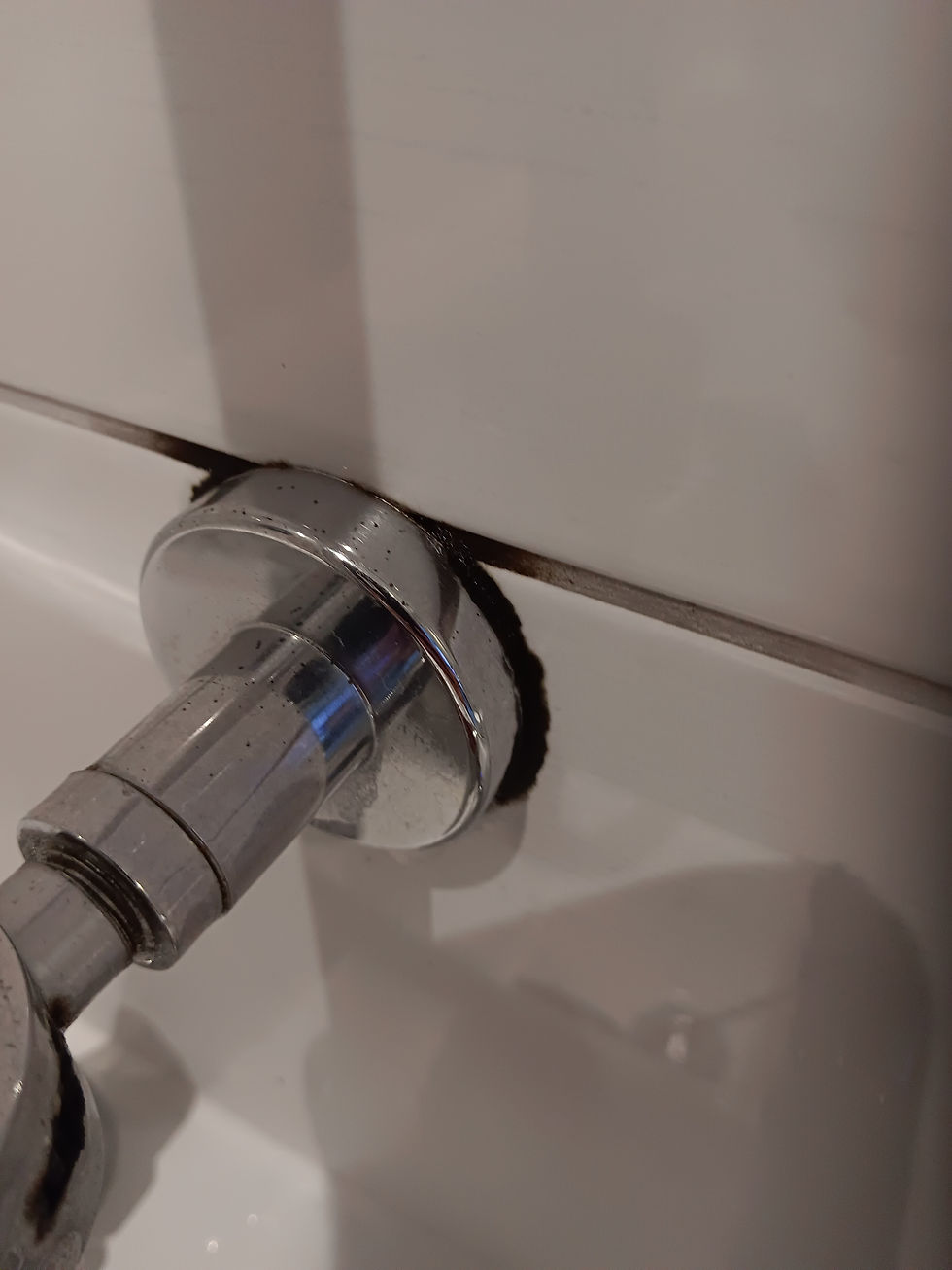Mould Prevention Cheat Sheet: Weekly Checks That Stop Hidden Growth Before It’s a Problem
- Michael Seymour
- Aug 3
- 3 min read
Mould Prevention Cheat Sheet: Weekly Checks That Stop Hidden Growth Before It’s a Problem
Mould doesn’t make a grand entrance. It sneaks in, finds damp corners, and grows quietly—until the smell shows up, customers complain, or an inspection reveals a bigger issue. For businesses that depend on cleanliness, compliance, and reputation, that’s a risk you can’t afford to leave to chance.
That’s why we built the Mould Prevention Cheat Sheet: a no-nonsense, weekly framework that exposes the early signs, prevents conditions mould loves, and gives you a repeatable process to keep your operation clean, trusted, and audit-ready.
Why Mould Starts—and Why Most “Cleaning” Misses It
Mould needs three things to get a foothold: moisture, organic matter, and time in a hidden or ignored spot. On paper you might be “clean,” but without structured checks, mould-friendly conditions develop under the surface:
Persistent damp from leaks, condensation, or poor ventilation.
Organic residue (food particles, biofilm, dust) combined with humidity—ideal food sources.
Hidden locations like behind equipment, inside grout/caulking, under sinks, or in stagnant air pockets.
The problem isn’t always visible. That’s why relying on “it looks clean” is dangerous. Professional operations need systems that catch the silent build up—not just the obvious stuff.
The Weekly Mould Prevention Routine (What the Cheat Sheet Actually Covers)
To stay ahead, you don’t need expensive tools. You need consistent, smart checks. Here’s what every business should be doing weekly:
1. Moisture Test
Leave a paper towel behind sinks, under windows, or in suspect corners overnight.
Why: Damp in the morning means persistent moisture—mould’s first friend.
Fix: Identify and repair the source: plumbing, seals, condensation control.
2. Smell Sweep
Walk the premises with your nose. Musty or stale odours are often the earliest detectable signs of hidden mould.
Why: Olfactory cues often precede visible growth
.Fix: Trace the smell’s origin—inspect nearby surfaces, vents, and cavities.
3. Visual Spot-Checks
Inspect corners, equipment bases, grout lines, and seals for early discoloration, dark specks, soft patches, or peeling.
Why: Surface clues give you a chance to act before escalation.
Fix: Clean, disinfect, repair caulking, or replace damaged material.
4. Airflow Assessment
Check that air isn’t stagnant in humid zones. Blocked vents, closed-off back rooms, and poor circulation create microclimates where mould thrives.
Why: Mould loves still, humid air.
Fix: Clear obstructions, add ventilation, or deploy dehumidifiers in problem zones.
5. Routine Hygiene Layering
Wiping isn’t enough. High-touch and high-risk surfaces need proper sanitation, and the people doing it need clarity on what “done right” looks like.
Why: Inconsistent or superficial cleaning lets spores survive and spread
.Fix: Standardize cleaning protocols, train staff, and verify execution.
Preventive Habits That Lock It Down
Checking is one thing. Preventing is another. Build these habits into your regular operations:
Fix leaks immediately—don’t wait for a bigger problem.
Improve airflow in humid areas (fans, open vents, avoid sealed pockets).
Dry high-risk surfaces after cleaning or moisture exposure—mould won’t grow on dry surfaces.
Use mould-resistant materials where feasible (sealants, paints, grout).
Train staff to report early signs, and give them a simple logging system so nothing gets assumed or forgotten.
What to Do If You Spot Mould Early
Catching it early is everything. When you do see a sign:
Isolate the area to prevent spore spread.
Deep clean and disinfect with appropriate products.
Remediate the moisture source—cleaning without fixing the cause is temporary.
Monitor post-remediation so it doesn’t recur and so you can adjust your weekly checklist if needed.
Real Business Impact
One missed spot can lead to customer complaints, negative reviews, inspector flags, or even health concerns. The cost of reactive remediation—lost trust, downtime, reputational damage—far outweighs the few minutes a week it takes to run this mould prevention routine.
How Spot On Audits Helps
The Mould Prevention Cheat Sheet isn’t just a list—it’s a standardized, repeatable part of Spot On Pulse, our weekly audit system. We help you:
Turn these checks into habit
Log and trend patterns so hidden issues surface early
Get clear, prioritized actions instead of vague “needs attention” notes
Stay ahead of inspections and customer scrutiny




Comments